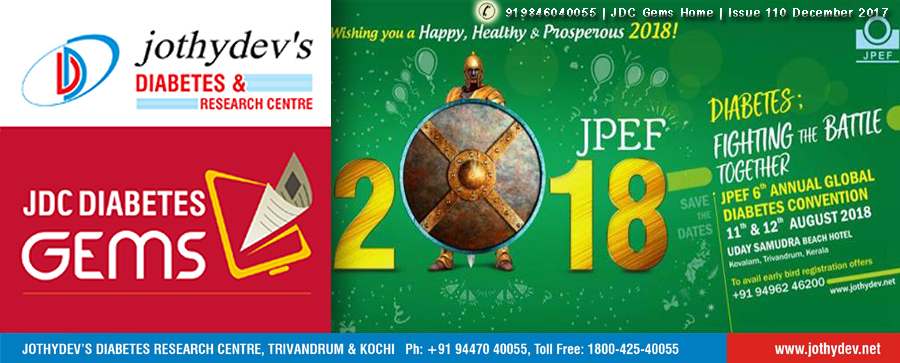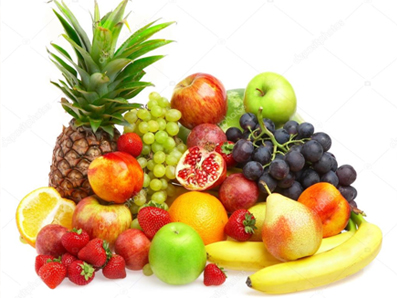
4. Anti-oxidant rich food proven to lower T2D risk |

![]() A food rich in antioxidants like fruits, vegetables, tea, and moderate alcohol consumption lowers the risk of type 2 diabetes. This was pointed out by a study from an Inserm research group, published in Diabetologia.
A food rich in antioxidants like fruits, vegetables, tea, and moderate alcohol consumption lowers the risk of type 2 diabetes. This was pointed out by a study from an Inserm research group, published in Diabetologia.
![]() The earlier studies looked only at isolated nutrients, not at the total antioxidant capacity of the diet. The researchers, therefore, wanted to verify whether overall diet, according to its antioxidant capacity, is associated with diabetes risk. Using data from the E3N cohort comprising French women recruited from 1990, they followed 64,223 women from 1993 to 2008, all of whom were free from diabetes and cardiovascular disease at the time of inclusion in the study. Each participant completed a dietary questionnaire at the beginning of the study, including detailed information on more than 200 different food items. Using this information, the Inserm researchers calculated a score for 'total dietary antioxidant capacity' for each participant. and analysed the associations between this score and the risk of diabetes occurrence during the follow-up period.
The earlier studies looked only at isolated nutrients, not at the total antioxidant capacity of the diet. The researchers, therefore, wanted to verify whether overall diet, according to its antioxidant capacity, is associated with diabetes risk. Using data from the E3N cohort comprising French women recruited from 1990, they followed 64,223 women from 1993 to 2008, all of whom were free from diabetes and cardiovascular disease at the time of inclusion in the study. Each participant completed a dietary questionnaire at the beginning of the study, including detailed information on more than 200 different food items. Using this information, the Inserm researchers calculated a score for 'total dietary antioxidant capacity' for each participant. and analysed the associations between this score and the risk of diabetes occurrence during the follow-up period.
![]() The diabetes risk was found to be diminished with increased antioxidant consumption up to a level of 15 mmol/day, above which the effect reached a plateau. Increasing dietary antioxidants to this level could be achieved through eating antioxidant-rich foods (e.g.dark chocolate, tea, walnuts, prunes, blueberries, strawberries or hazelnuts). Women with the highest antioxidant scores had a 27% reduction in diabetes risk compared to those with the lowest scores.
The diabetes risk was found to be diminished with increased antioxidant consumption up to a level of 15 mmol/day, above which the effect reached a plateau. Increasing dietary antioxidants to this level could be achieved through eating antioxidant-rich foods (e.g.dark chocolate, tea, walnuts, prunes, blueberries, strawberries or hazelnuts). Women with the highest antioxidant scores had a 27% reduction in diabetes risk compared to those with the lowest scores.
![]() The study thus complements our existing knowledge of the effect of isolated foods and nutrients and provides a more comprehensive view of the relationship between food and type 2 diabetes. The authors of the study also suggest that these antioxidants in addition to their counterbalancing effect on free radicals, which are damaging to cells, there are likely to be more specific actions (e.g. an effect on the sensitivity of cells to insulin).
The study thus complements our existing knowledge of the effect of isolated foods and nutrients and provides a more comprehensive view of the relationship between food and type 2 diabetes. The authors of the study also suggest that these antioxidants in addition to their counterbalancing effect on free radicals, which are damaging to cells, there are likely to be more specific actions (e.g. an effect on the sensitivity of cells to insulin).
For enquiries info@jothydev.net.
Please visit: jothydev.net | research.jothydev.com | diabscreenkerala.net | jothydev.com/newsletter
